History SA/Veterans SA’s travelling exhibition Bravest of the Brave, which tells the moving stories of the eight South Australians awarded the Victoria Cross in the First World War, is now at Renmark Paringa Community & Civic Centre in the Riverland until 17 September. It is hosted by Renmark RSL and displayed in the Exhibition Room at the entrance to Renmark Paringa council building on 61 Eighteenth Street, Renmark. We are grateful to Tony and Pat Guster for driving the 500 km round trip from the Riverland to collect the display as well as assistance from fellow Renmark RSL committee members, Chester Warren and Denis Coats with installation at the venue. We hope the Bravest of the Brave will receive many extra visitors on Federal Election Day, Saturday 7 September as it is located en route to the polling booths in the council building.
Bravest of the Brave tells the story of eight ordinary men: Arthur Blackburn, Phillip Davey, Roy Inwood, Jørgen Jensen, John Leak, Arthur Sullivan, Lawrence Weathers and James Park Woods – who on one day of their lives, under extraordinary circumstances, demonstrated extraordinary heroism for their comrades and country. Some were born or educated in South Australia; some enlisted here, while others lived here either before or after the war.
The Victoria Cross is the British and Commonwealth’s armed forces’ most coveted award, their supreme decoration for gallantry, under enemy fire. Only 1,356 medals have been awarded since its introduction in 1856.
Renmark is the Bravest of the Brave’s9th venue. It is booked up to travel to a variety of venues in South Australia throughout the rest of 2013 and all of 2014.
The first of many projects that are being prepared worldwide to commemorate the centenary of the First World War in 2014-2018, Bravest of the Brave is available from History SA free of charge to travel to schools, RSL clubs, museums, libraries, aged-care facilities, community centres etc. There is also a schools resources kit. Enquiries regarding the exhibition’s availability should be made on 08 8203 9888 or email for more information. Host organisations need to be able to collect and install the display themselves. The display consists of 7 double-sided pull-up banners and 4 crates with framed replica medals. As you can see from the photographs here, it will fit into a ute or landcruiser-sized vehicle and is simple to install.
More photographs of the exhibition at Renmark can be seen here; while photographs of it at other venues including its launch by the Hon Jack Snelling MP in April 2012 are here
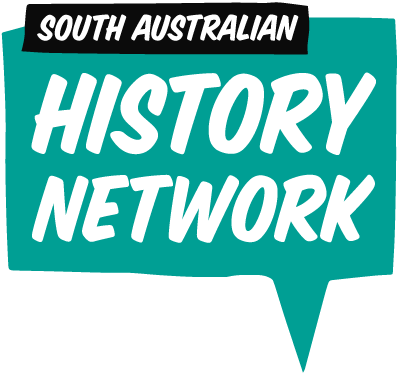

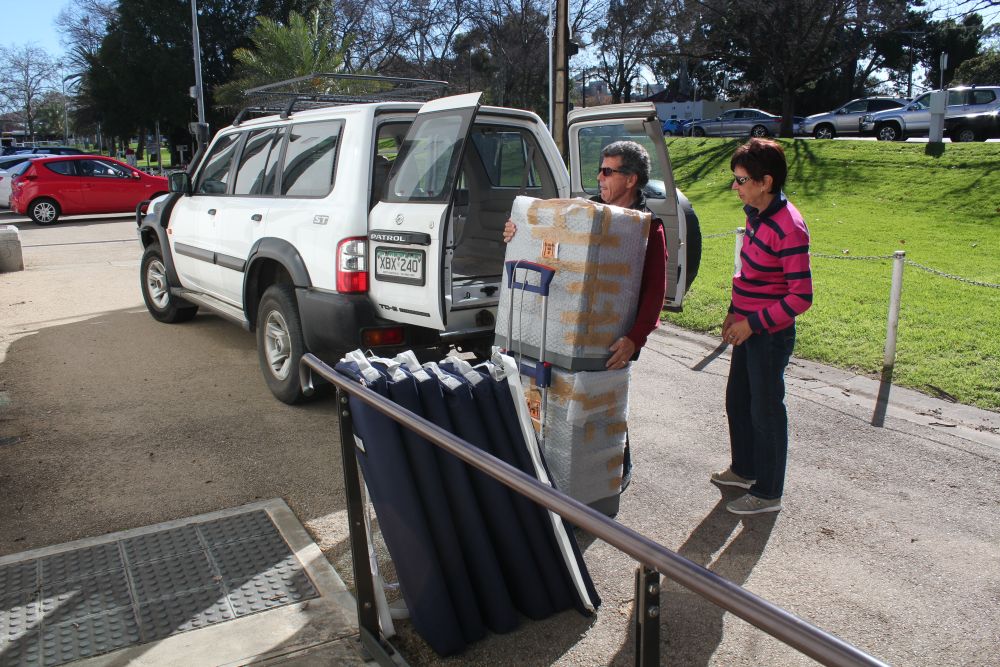
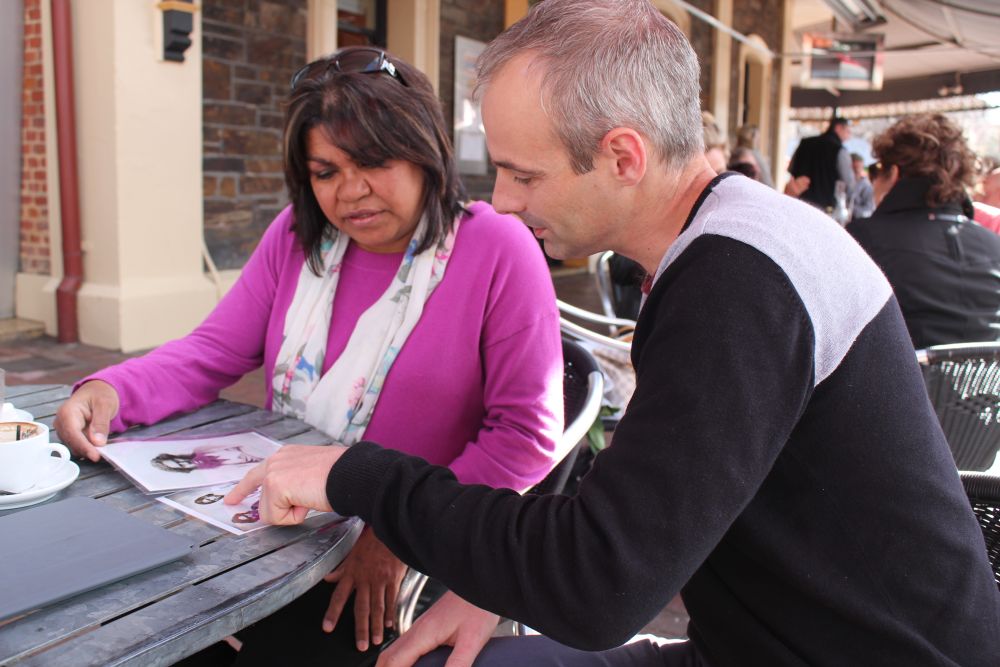
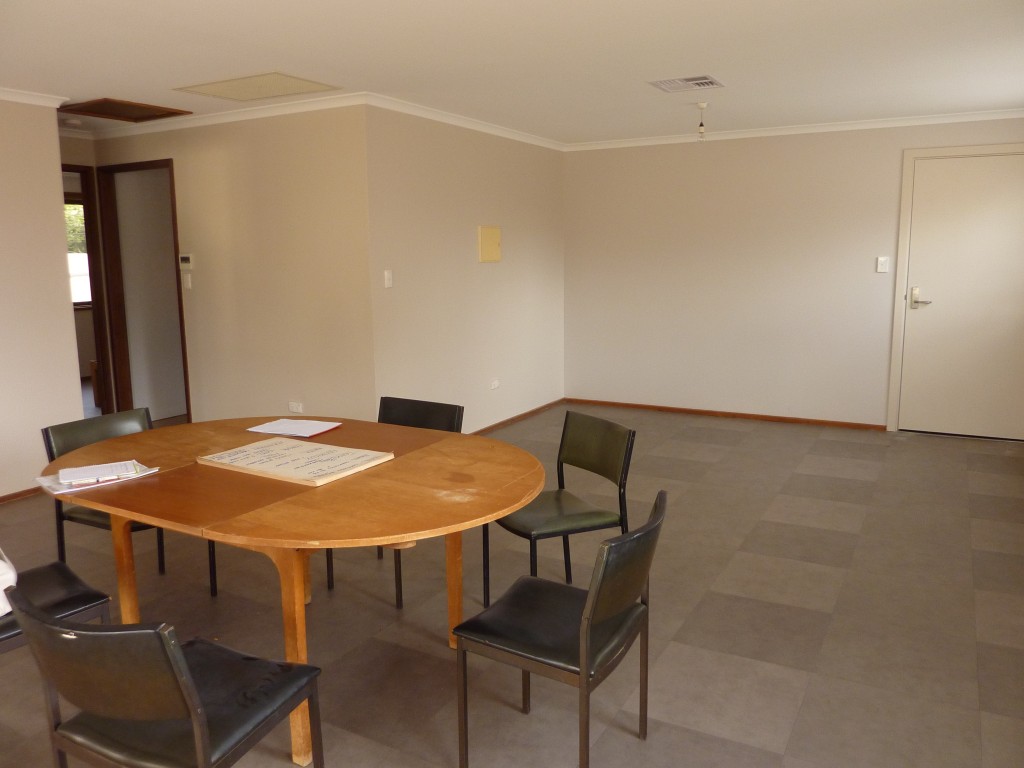

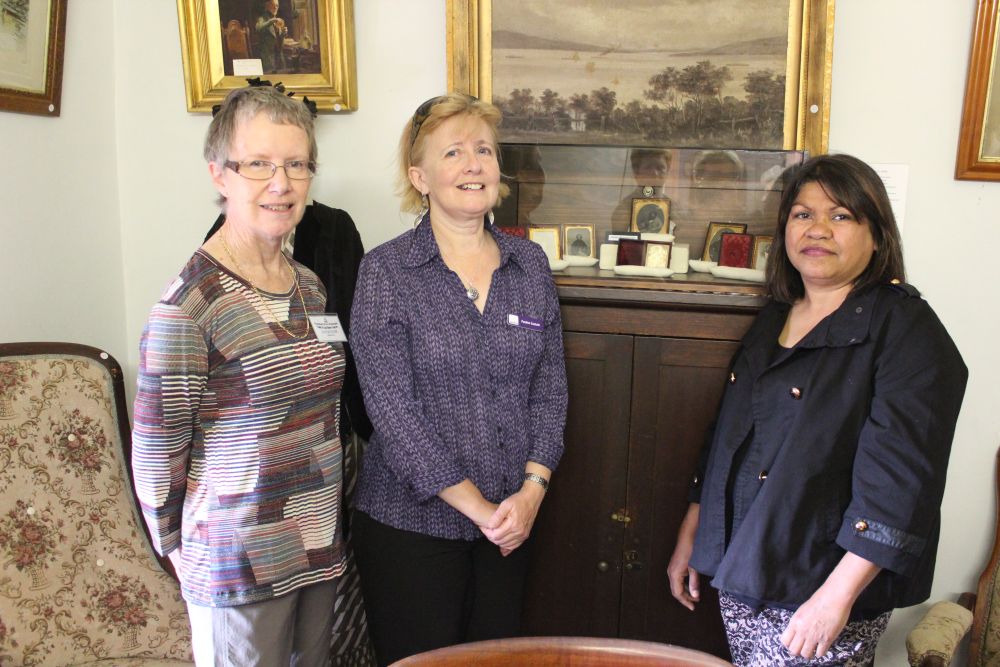
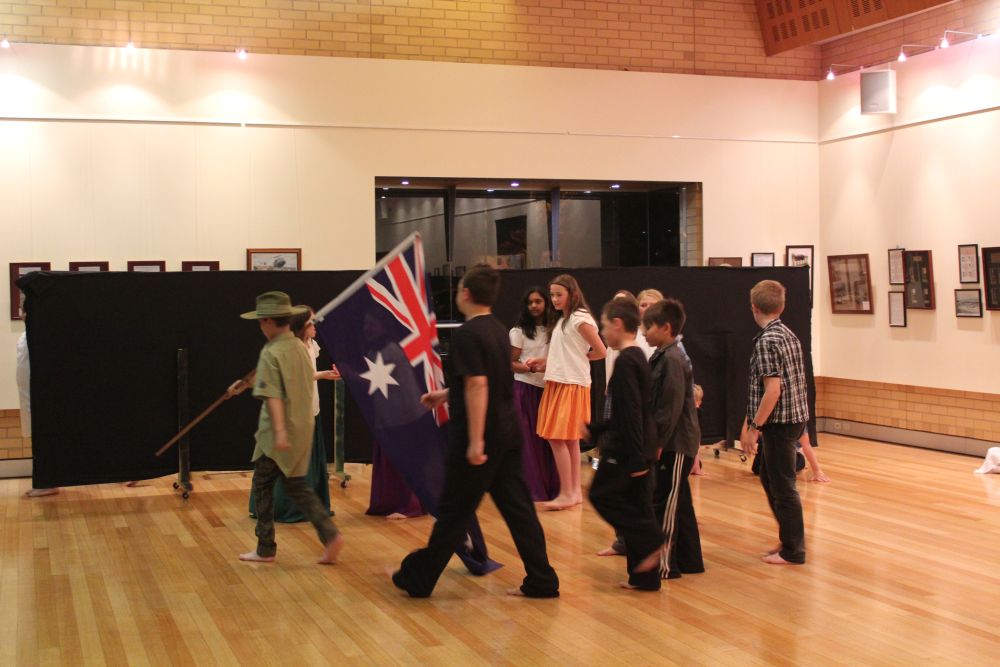
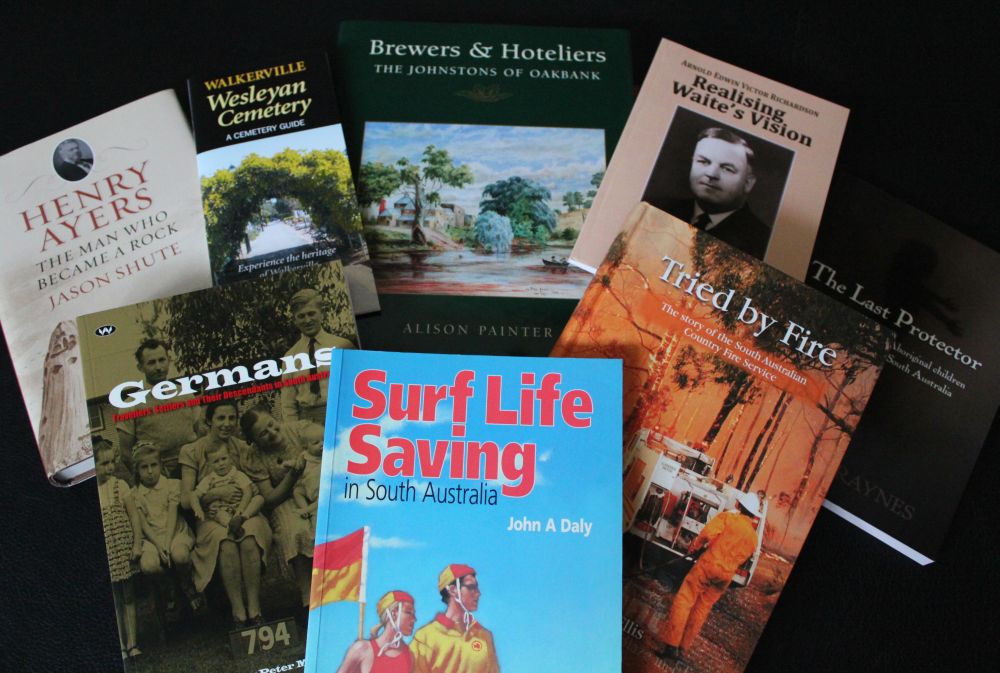
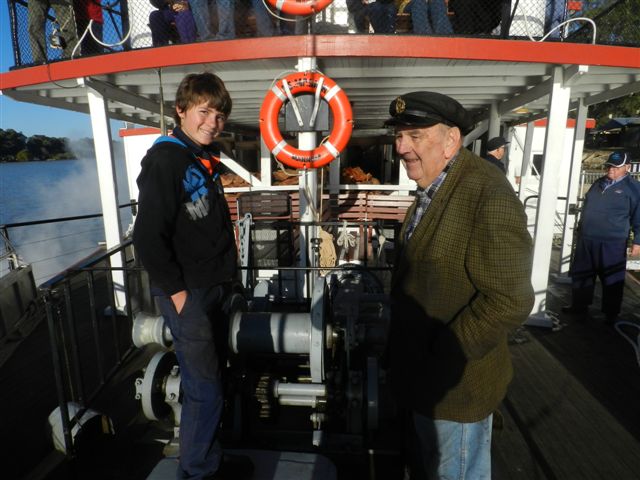
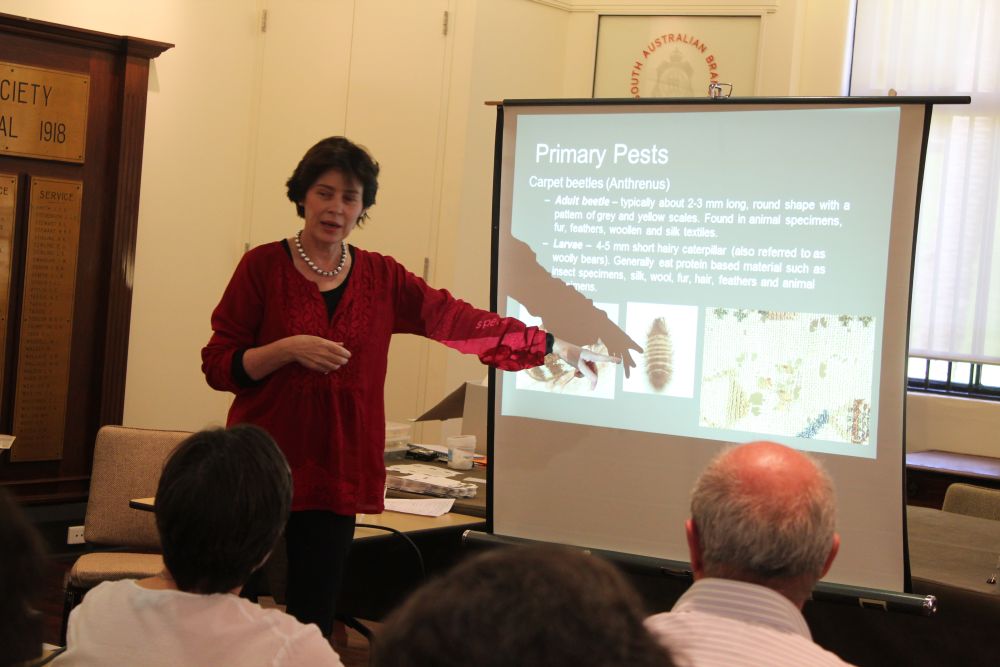
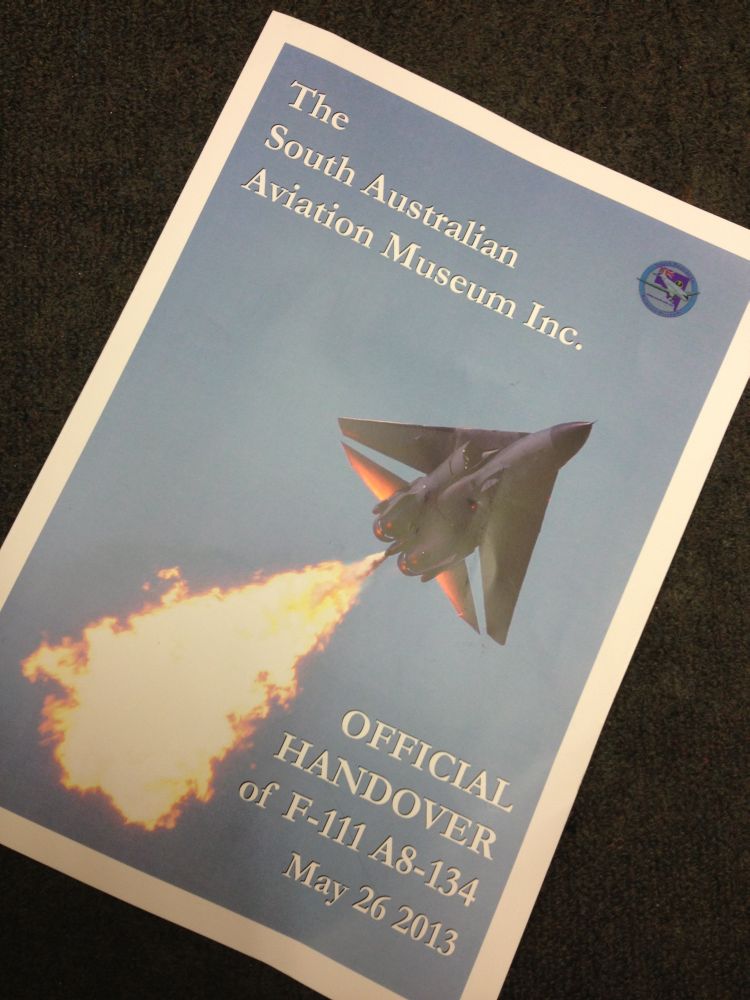
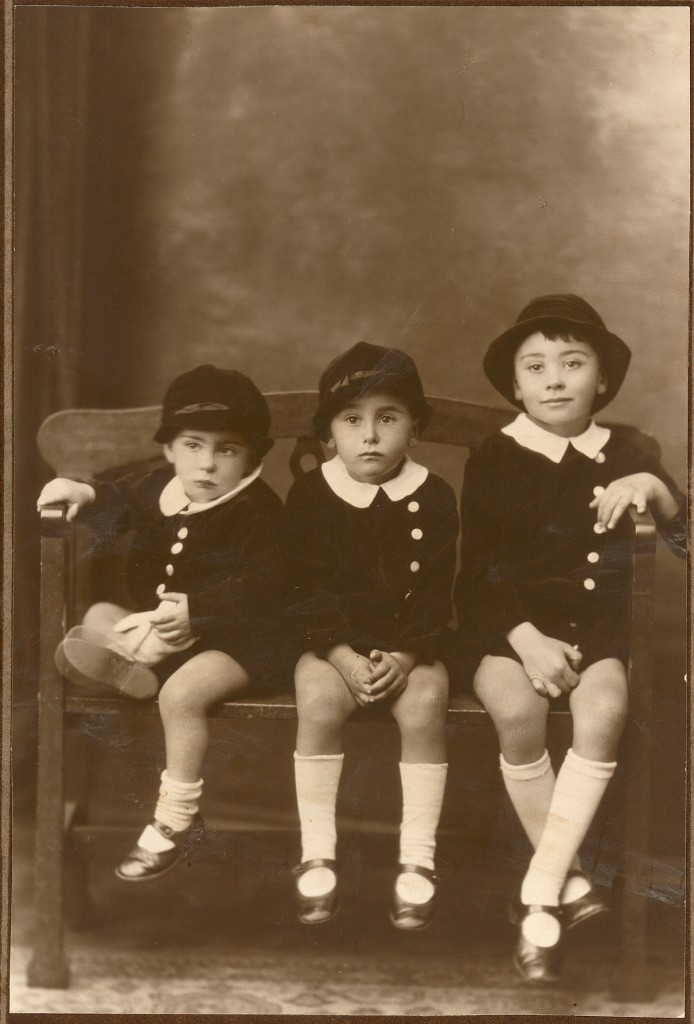
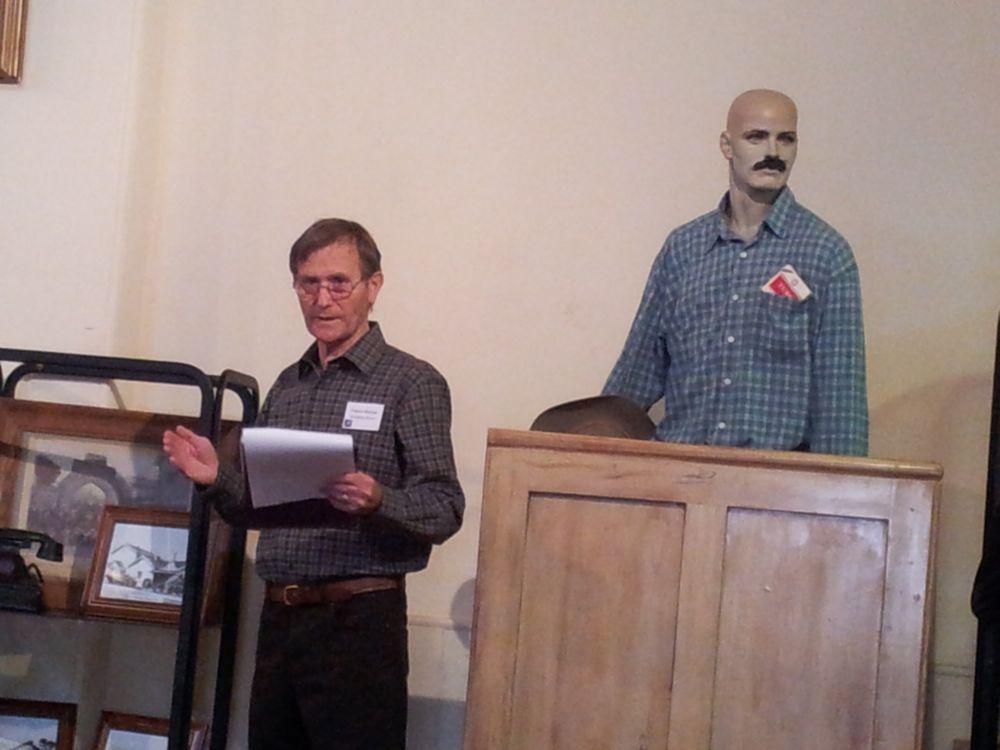
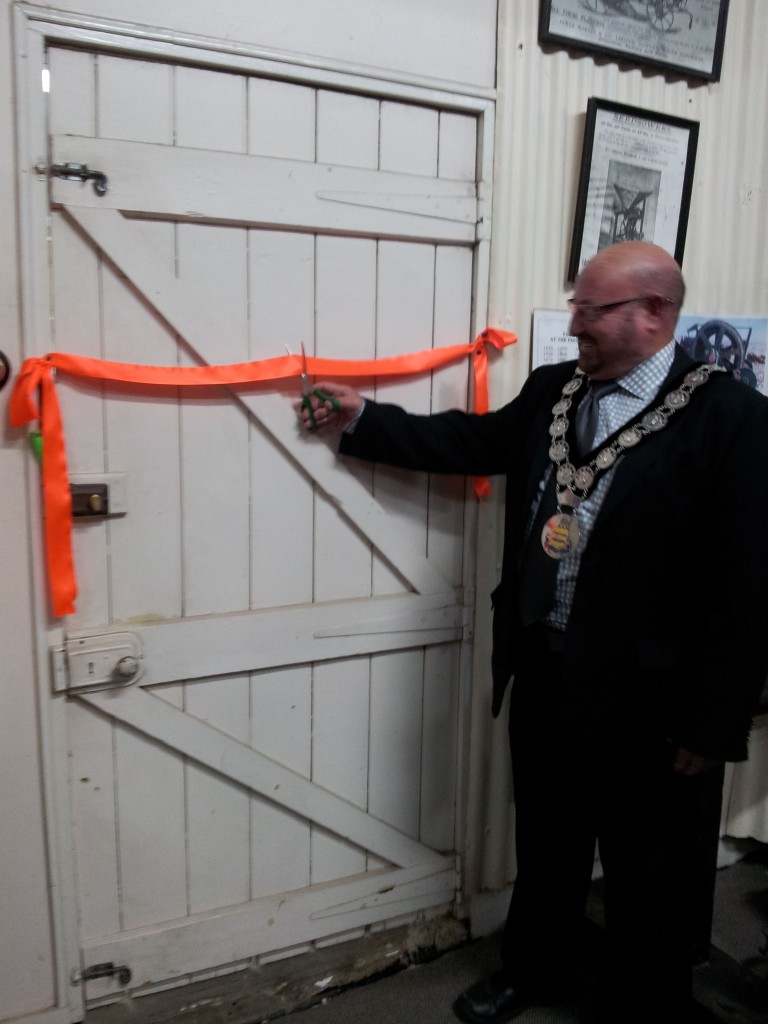
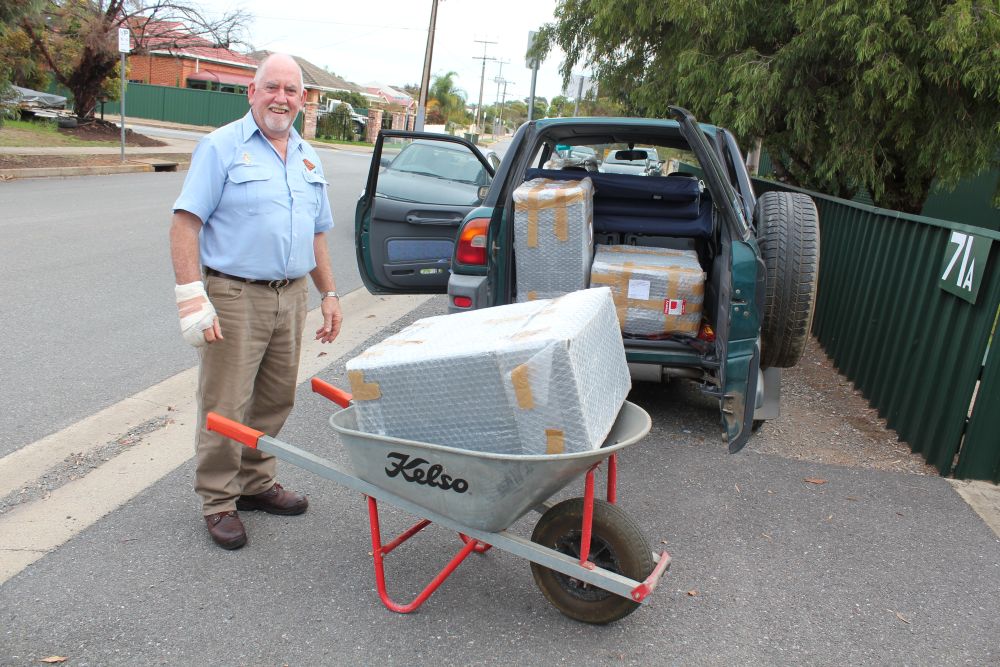
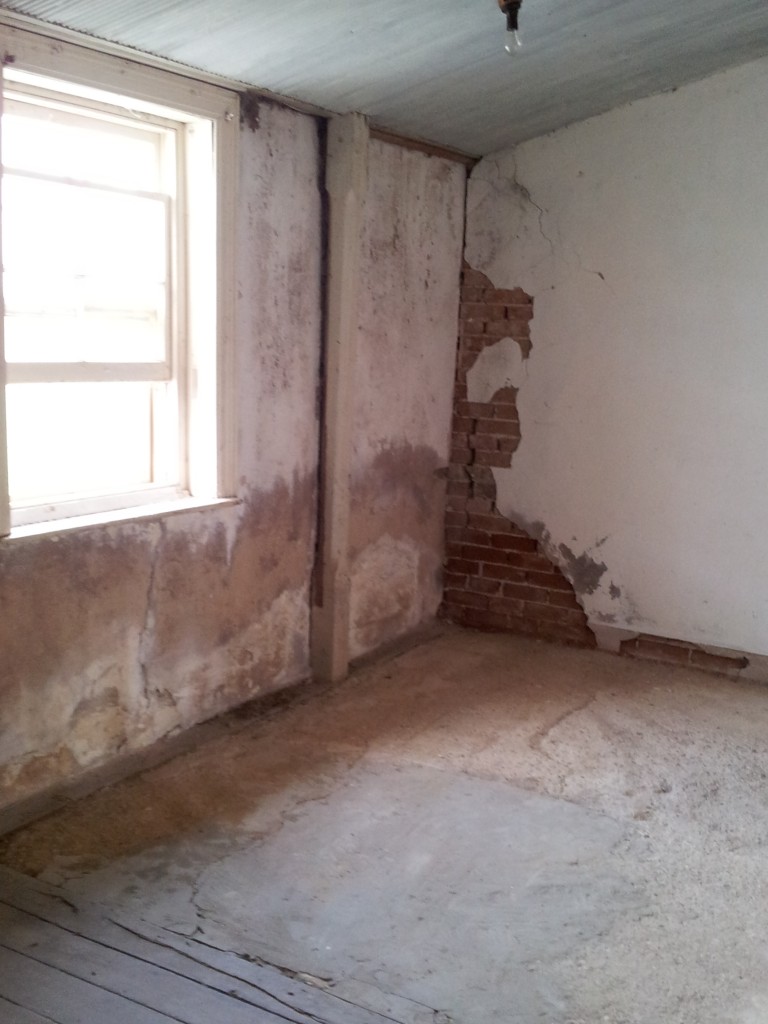
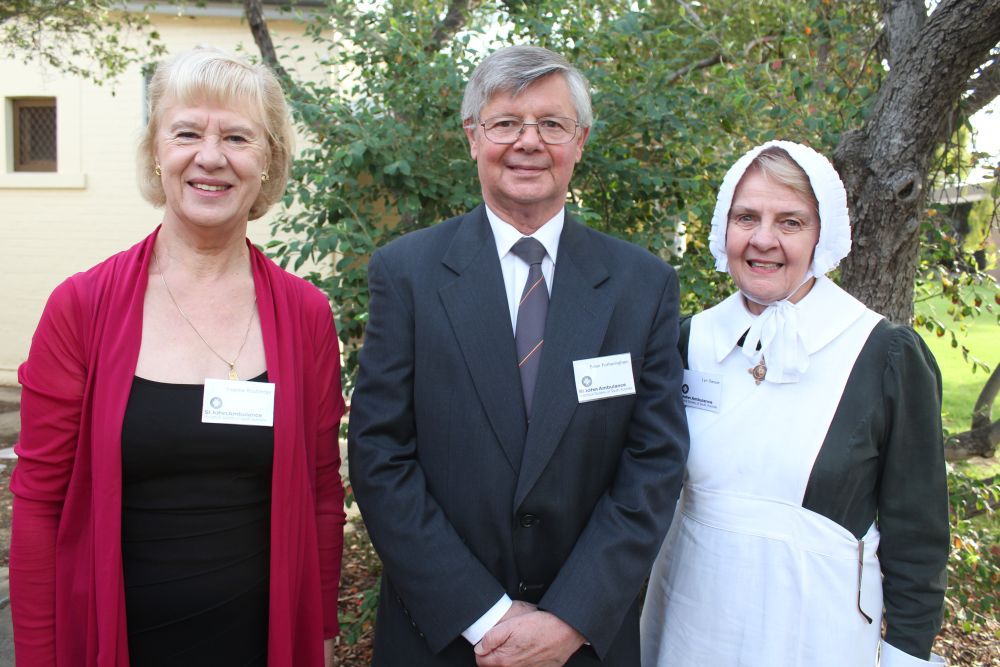
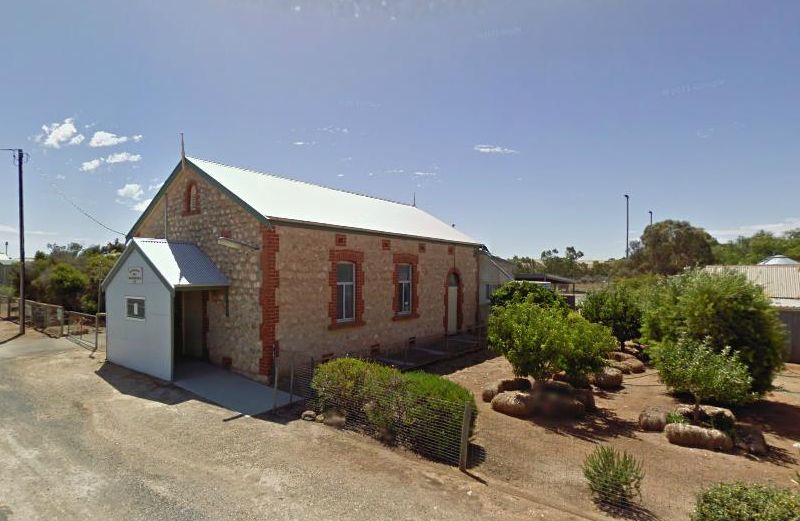
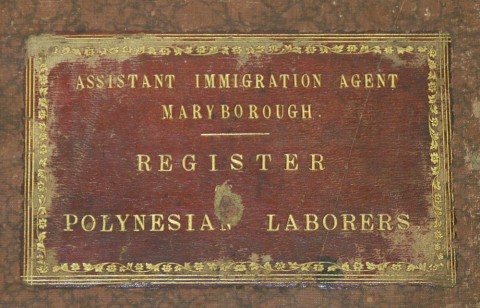
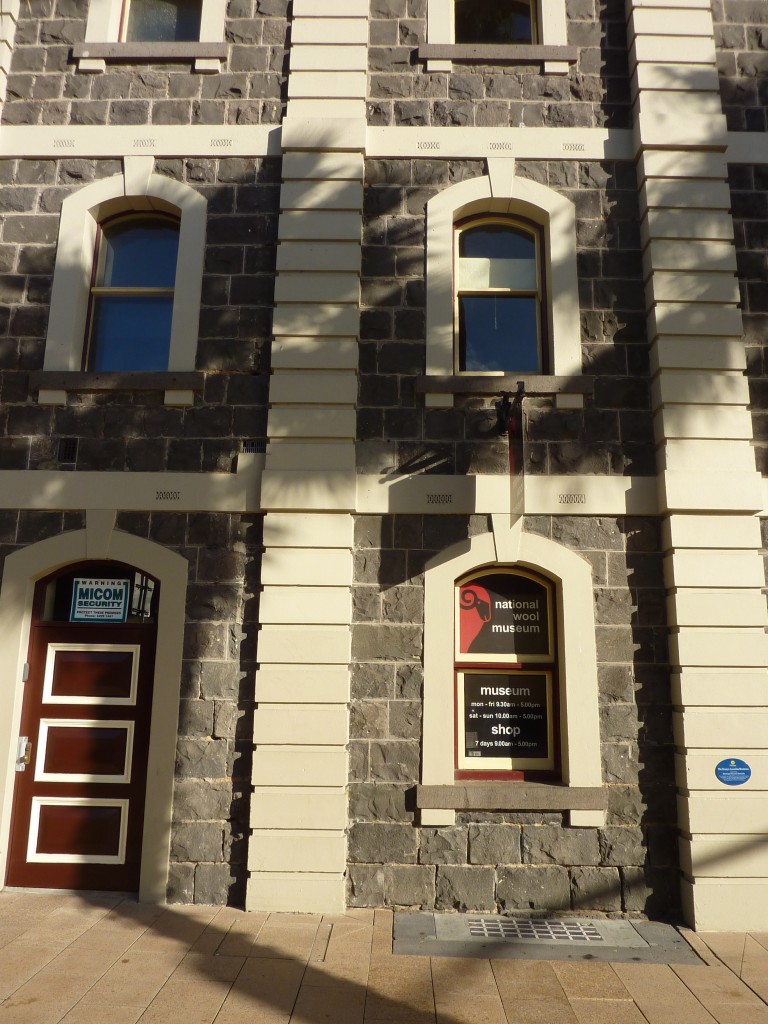
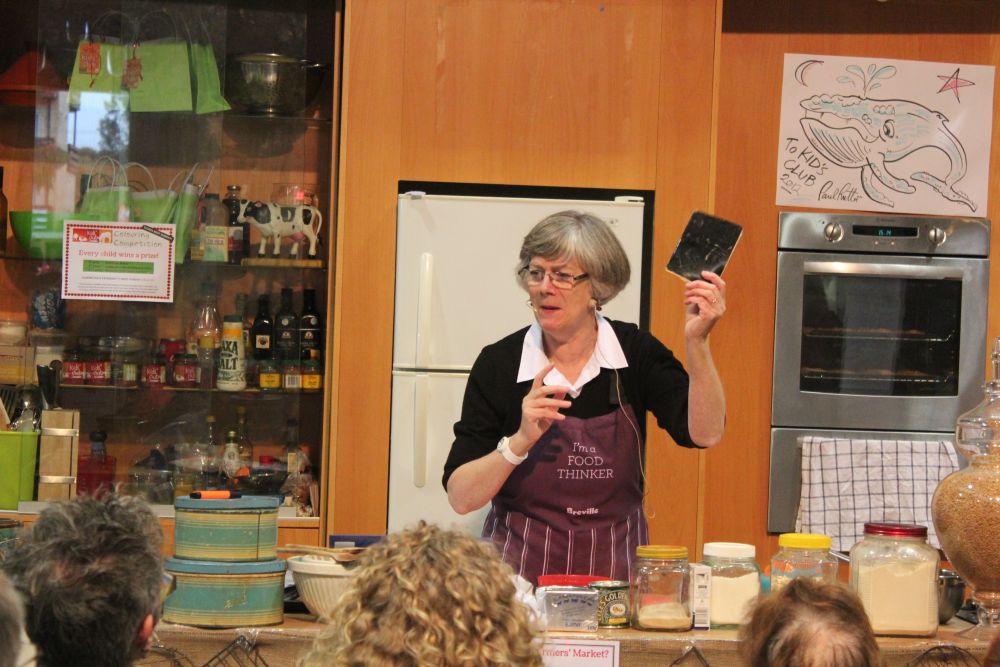
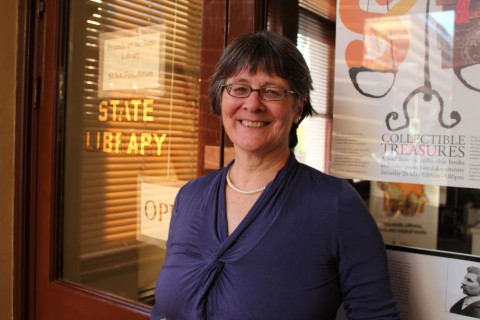
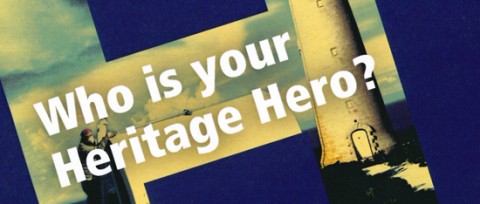
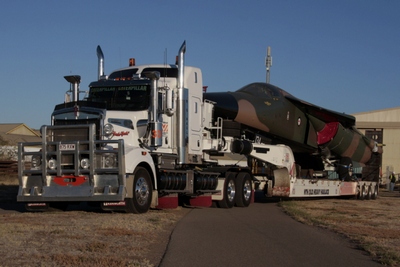
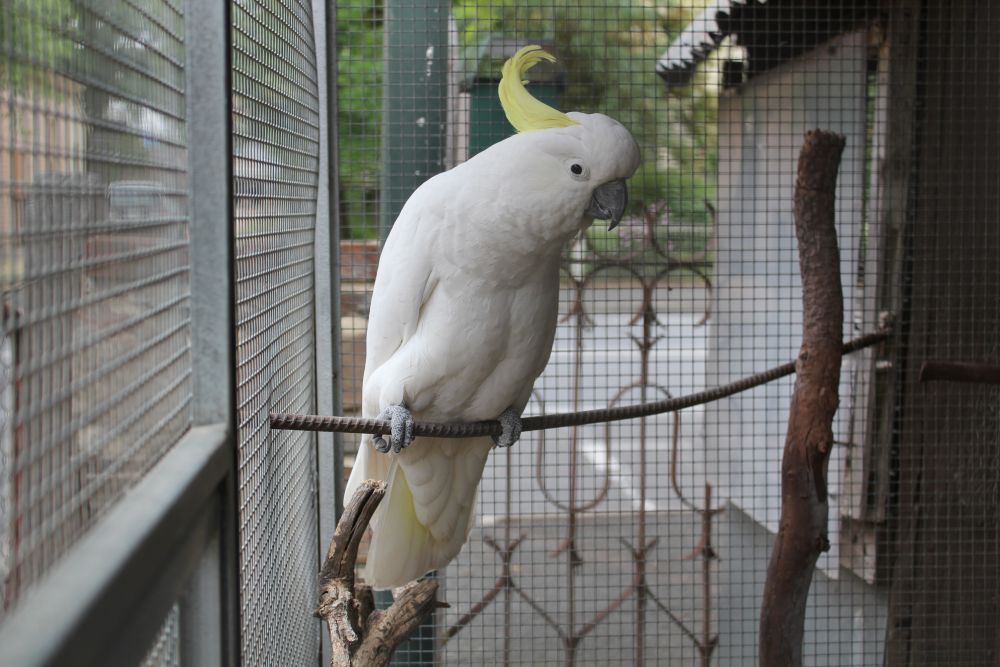
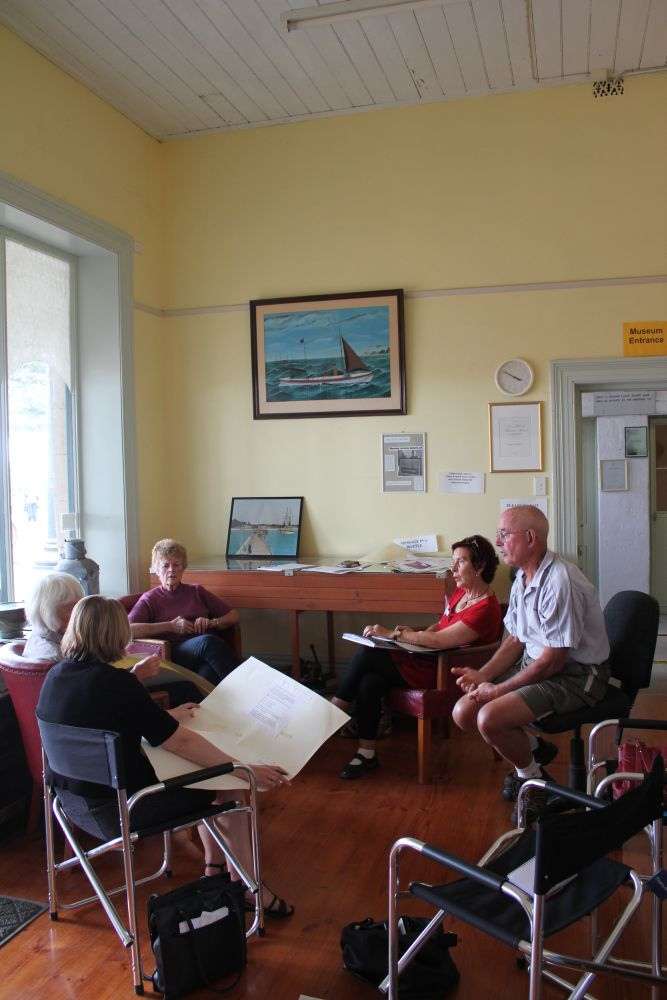
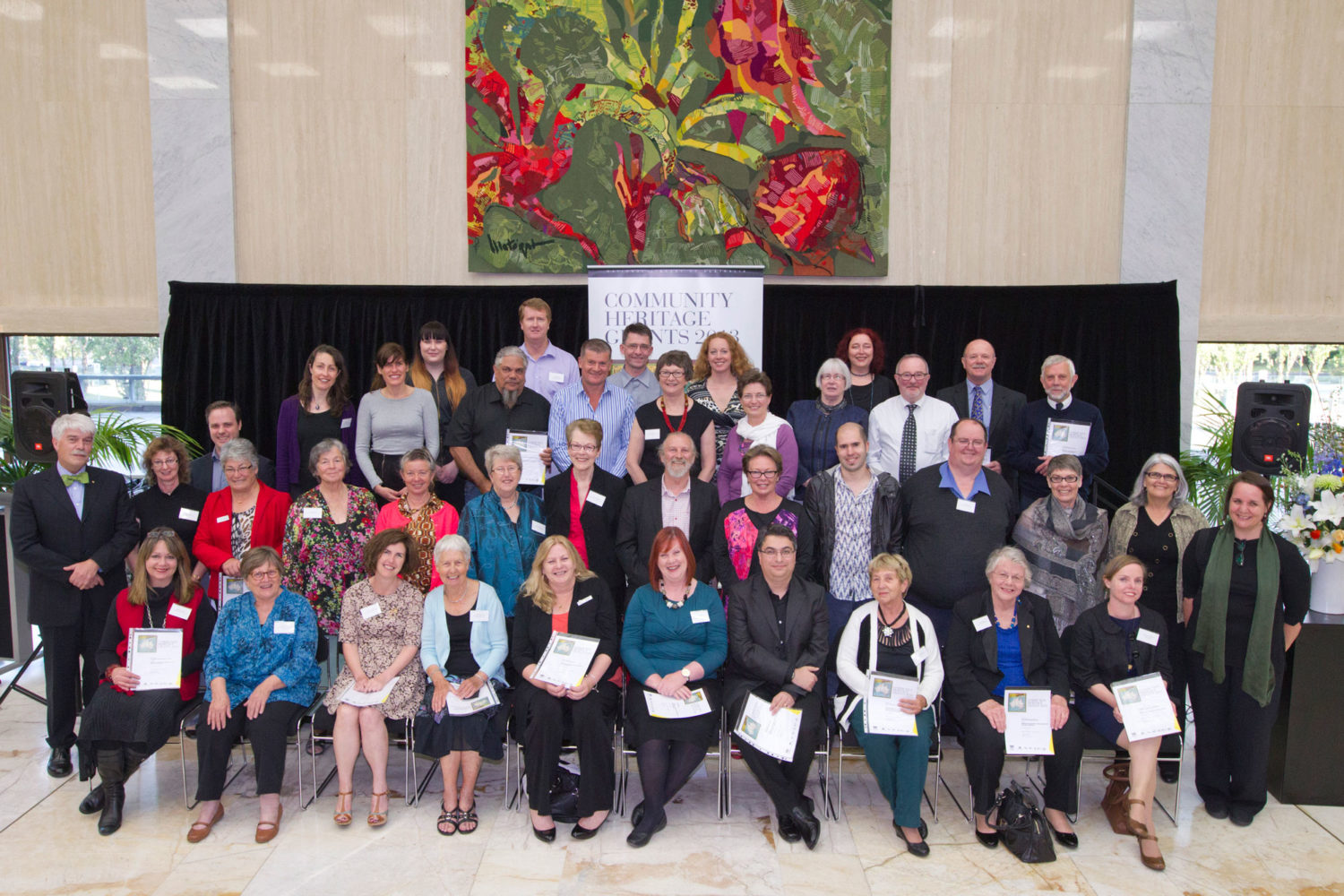
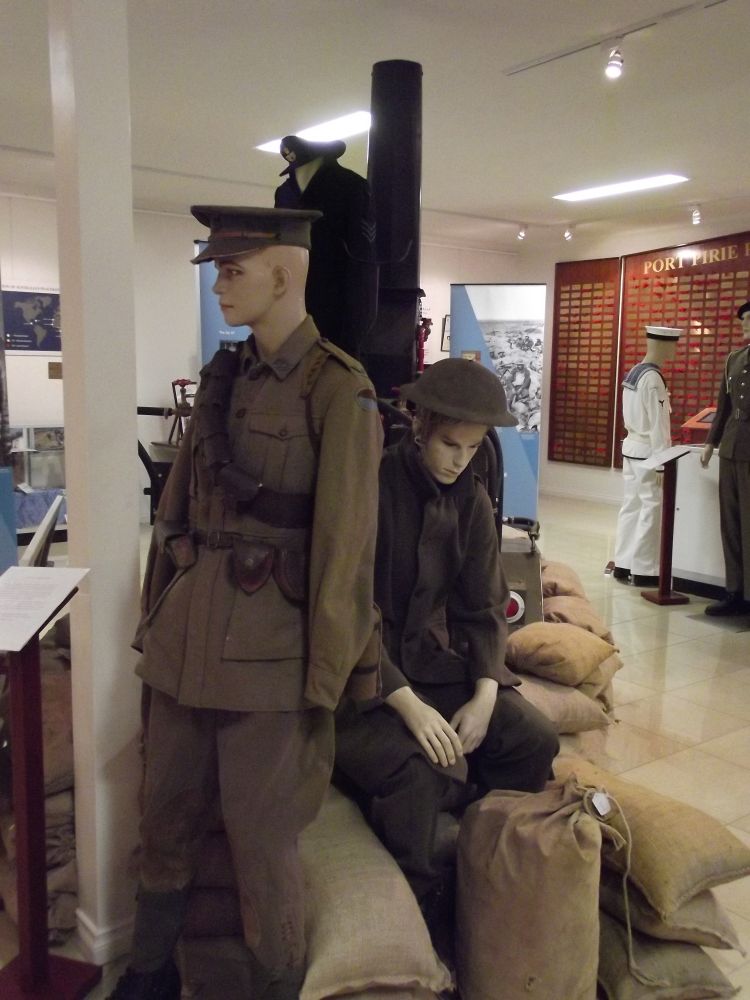
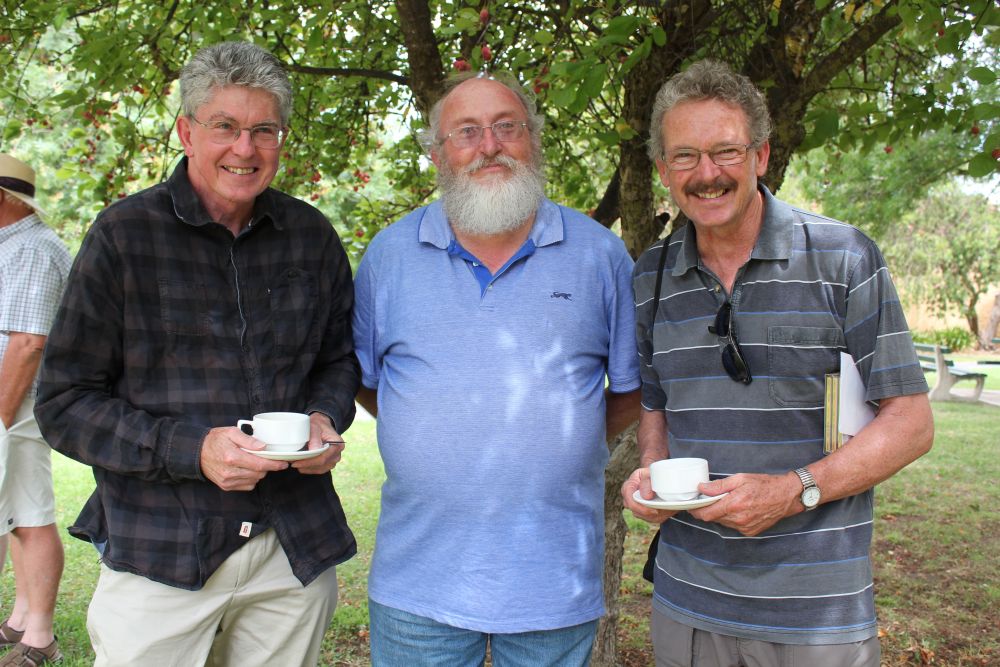
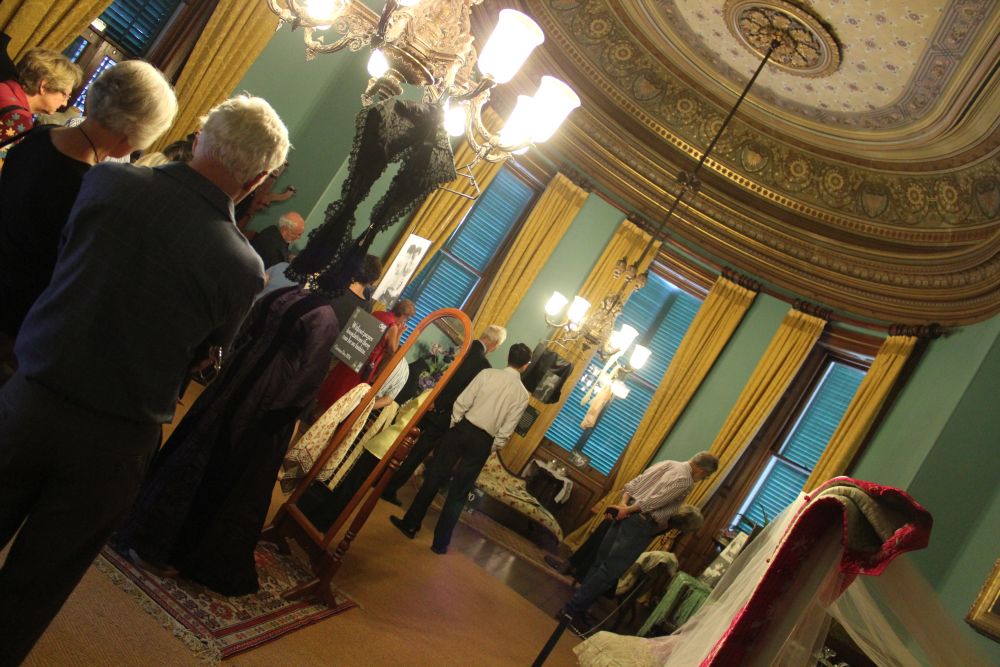
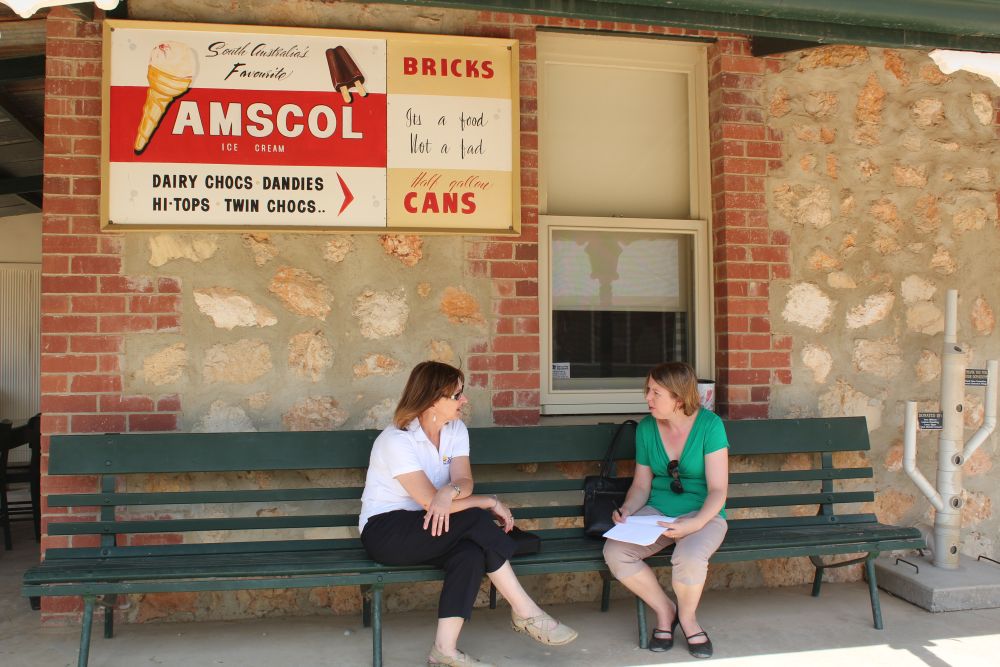
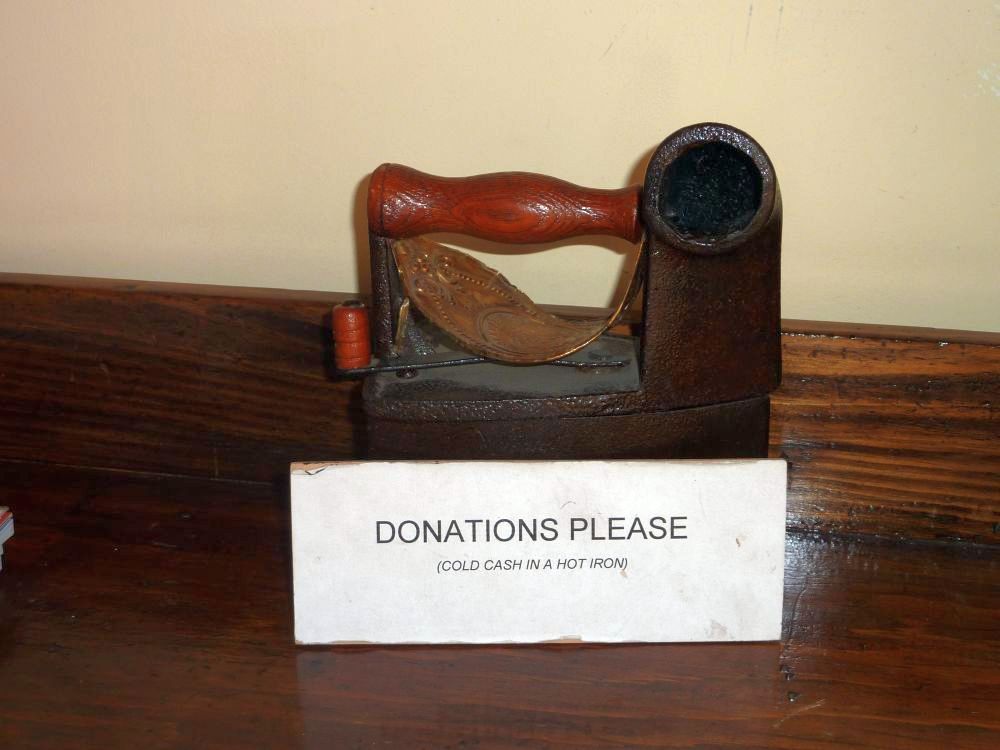
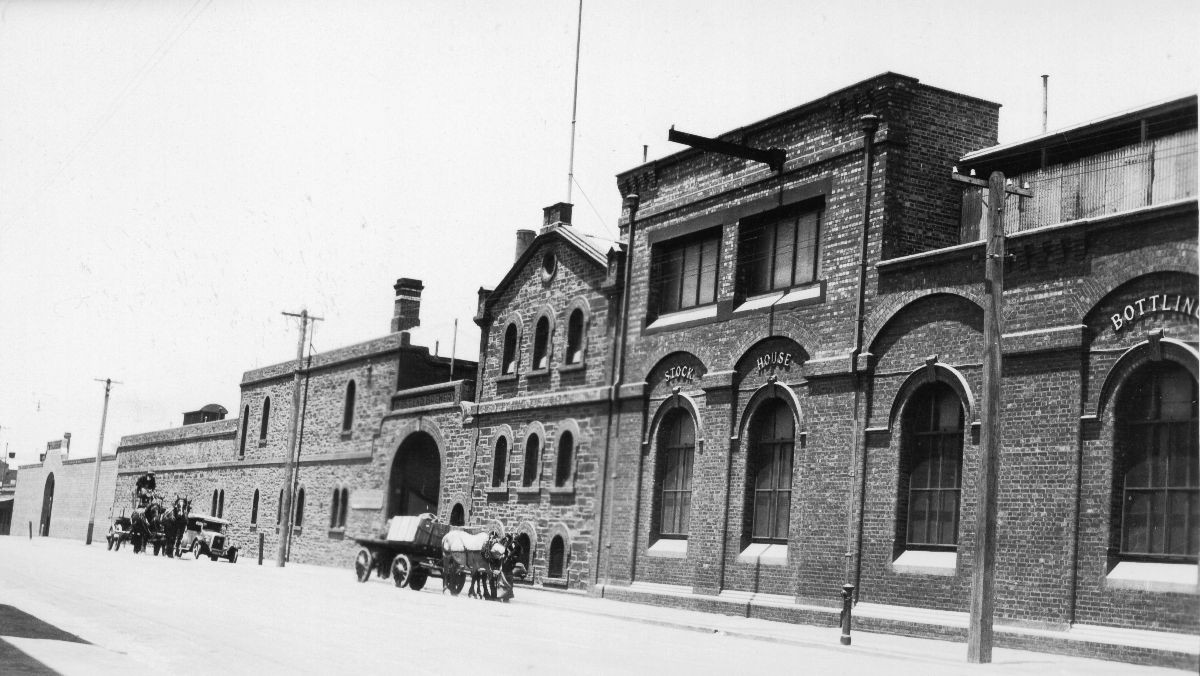
Recent Comments